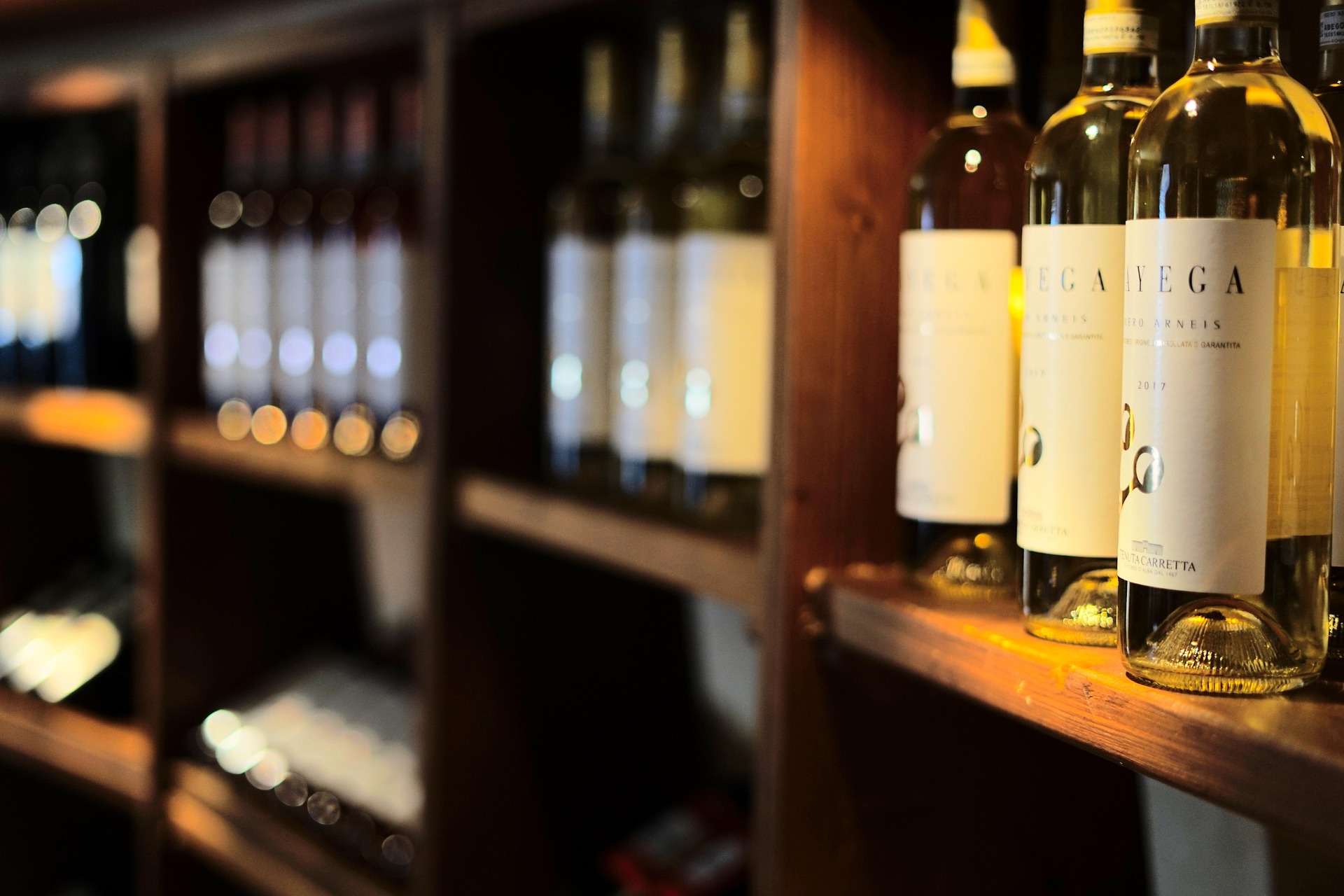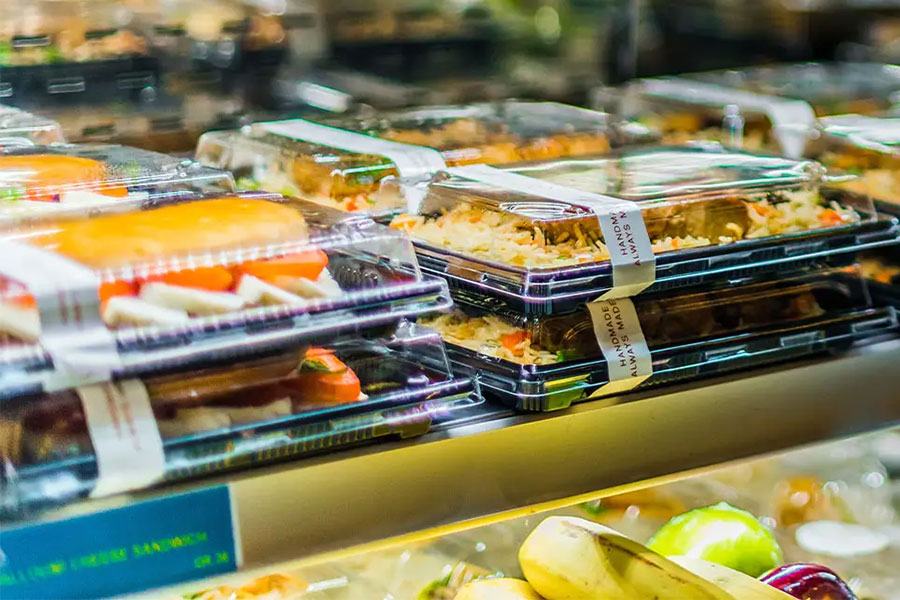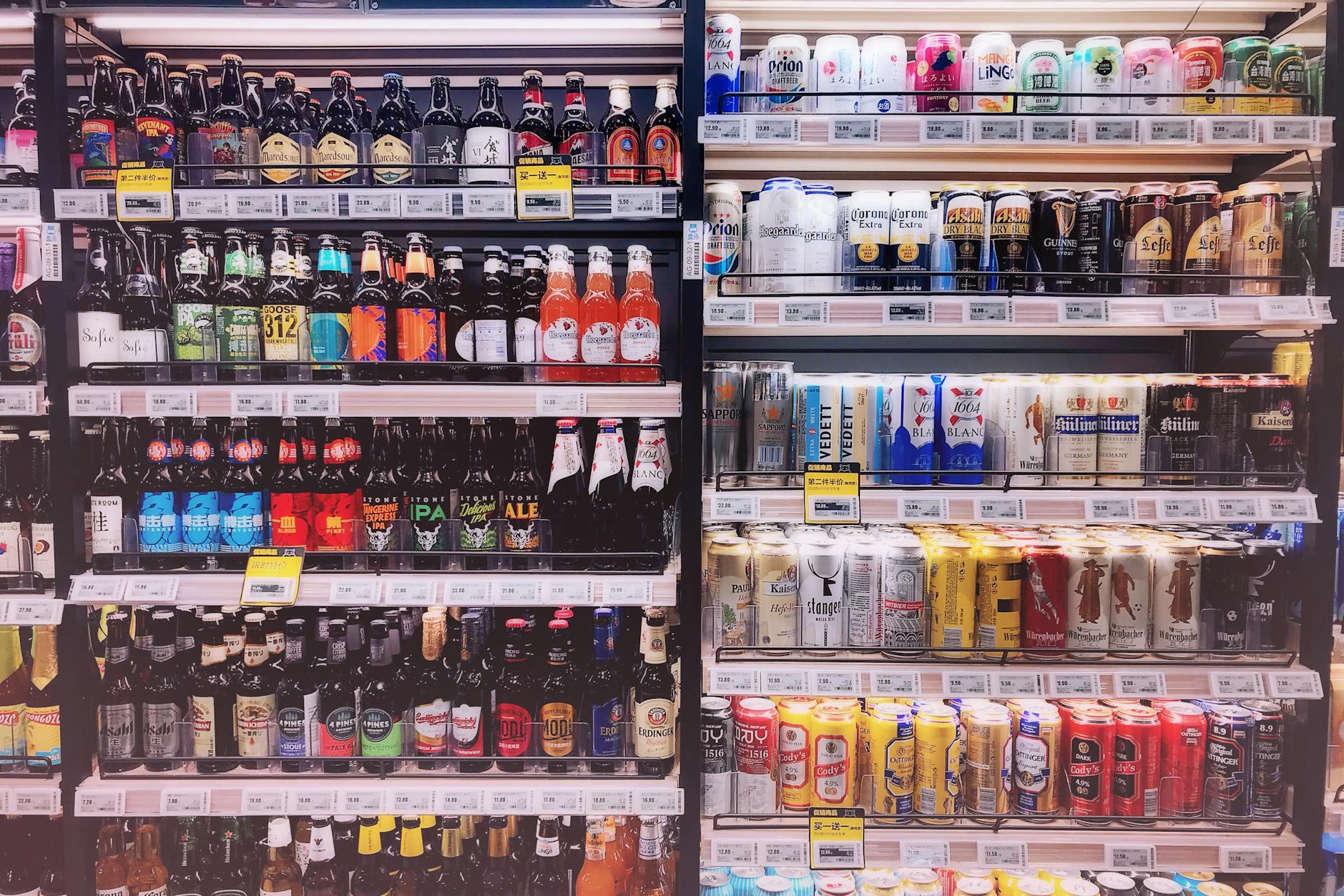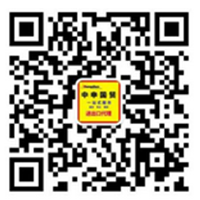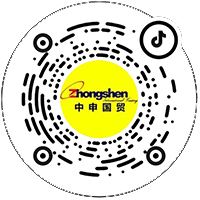- 20 Years of Expertise in Import & Export Solutions
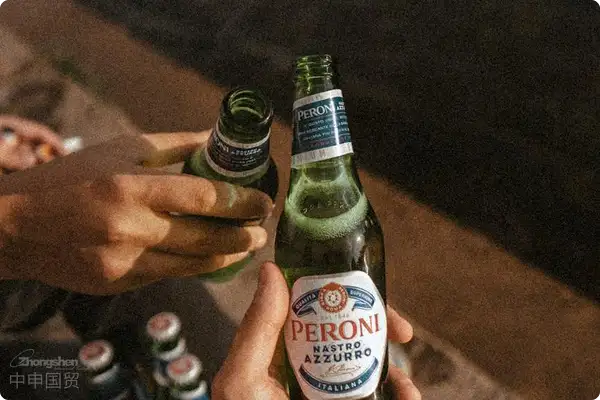
When Korean Craft Beer Meets the Chinese Dining Table
In the morning mist of Qingdao Port, our team just completed the customs clearance of our 37th container of Korean beer. Looking at the neatly arranged Jeju Island Citrus Ale in the container, I suddenly recalled the predicament five years ago when we first acted as an agent for a Korean beer, where even looking up the HS code took half a day. You are lucky today; this article will save you at least 60 days of exploration.
Customs Code One: The Golden Ratio of Category Selection
In 2025, Korean beer imports show three clear trends:
- Craft Beer Track: Accounts for 58% of total imports, but note that alcohol content ≥10% requires separate declaration.
- Co-branded Limited Editions: Original IP authorization documents are required for customs valuation.
- Non-alcoholic beer: A controversial classification area; it is recommended to conduct pre-classification of goods in advance.
Customs Code Two: The Hidden Formula for Tariff Reductions
Under the China-South Korea Free Trade Agreement, the import tariff on beer is reduced from 20% to 13.4%, but in practice, you should pay attention to:
- ?Certificate of Origin?Must includeHS1301-2103Declaration of raw material proportion under the item
- The error margin between the malt concentration test report and the customs declaration must be ≤0.5%
- The newly added 2025Additional tax reduction for environmentally friendly packagingpolicies
Customs Code Three: The Two Sides of Logistics Solutions
We compared two classic routes from Incheon to Shanghai:
- Full Container Load (FCL) Direct Shipping: Suitable for single purchases of over 2000 cases, but requires bearing the destination port's storage fees.
- Less than Container Load (LCL) Cold Chain: Three LCL shipments per week from Seoul Port; costs are reduced by 40% but there is a risk of cargo damage.
Customs Code Four: Temperature Calibration for Cultural Fit
Last year's case of an unsalable pomelo beer brand is a warning:
- The Korean-style packaging's ”Ritual Red” appeared more orange in domestic supermarkets.
- The word ”Shin-ki” on the label without the Chinese note ”Kimchi” caused consumer confusion.
- It's recommended to conducttests in three locations: Qingdao/Chengdu/Guangzhou shelf simulations.
Customs Code Five: Triple Insurance for Risk Control
- Quality Red Line: Korean KFDA certification ≠ China's health inspection standards.
- Payment Trap: Under CIF terms, the shipping company's berthing rights still need to be confirmed.
- Unsalable Stock Contingency Plan: The bonded zone temporary storage model can save 60% on return shipping costs.
Customs clearance is not the destination but the starting point
I remember the story in 2019 when Cass beer was pulled from shelves in bulk because the Chinese back label was missing the "Best Drinking Temperature," and we worked overnight in the bonded warehouse to manually apply labels. Thinking back now, behind every customs code is the ultimate control over details. When you hold these five codes, the real challenge has just begun—how to help Korean beer find its own in the Chinese marketpoint of emotional resonance..
Recommended for You
- 如何選擇可靠的出口紅酒代理商?海外清關(guān)要注意哪些細(xì)節(jié)?
- Must Red Wine Exports Be Self-Managed? Is a Professional Foreign Trade Agent Legal?
- How Many Hurdles to Cross for Red Wine Customs Clearance? A Practical Handbook from a Shanghai Veteran
- Exporting Food to Malaysia: A Guide to Halal, Tariffs & Customs
- Six Pitfall-Avoiding Tips for Import Beer Distribution
? 2025. All Rights Reserved.

